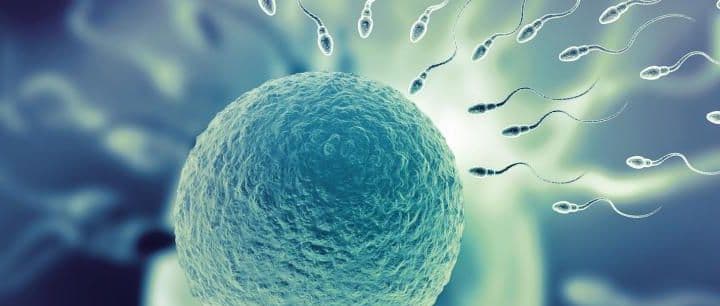What Are Those Strange Names Used in My Semen Analysis?
Infertility Tests
Obie Editorial Team

A sperm analysis or semen analysis is commonly used to examine male semen for possible abnormalities. Many years ago, women were considered to be the cause of infertility, but today, the medical community accepts the fact that both men and women can suffer from infertility equally. Sperm analysis helps determine the number, health, and viability of sperm, but the test results are often difficult to understand.

Uncommon words used to describe sperm
Understanding the results of sperm analysis means understanding words used to describe sperm and semen. Common words used on a sperm analysis include:
- Motility: The term motility refers to movement. Sperm are graded on motility with grades ranging from A to D. Grade A sperm move quickly and efficiently. Grade B sperm move forward, but with slow progress. Grace C sperm have tails that move, but forward progress is not detected. Grade D is reserved for inactive sperm.
- Turbidity: The color of sperm is noted during sperm analysis. Turbidity measures the presence of particles floating in semen.
- Liquefaction: About 10 to 30 minutes after ejaculation, semen should liquefy so sperm can swim freely toward the egg. If semen does not liquefy within 60 minutes, the results are abnormal.
- Viscosity: As liquefaction occurs, semen takes on a different thickness. This thickness and coagulation are called viscosity.
- IGC: Immature Germ Cells (IGC) are found in semen samples used for sperm analysis. However, IGCs look a lot like white blood cells. If your test reveals a large amount of IGCs, further testing may be needed to determine if IGC numbers are elevated or if white blood cells are present in semen.
- Morphology: Refers to the shape and size of sperm. The head, tail, and overall body shape are taken into consideration.
Strange names that may appear on your sperm analysis result
Many of the terms used in a sperm analysis report refer to the health or condition of sperm, including:
- Polyzoospermia: Semen showed a higher concentration of sperm, compared to normal sperm count.
- Oligozoospermia: Fewer sperm were counted than normal (less than 20 million sperm/ml.)
- Hypospermia: Volume of semen was less than 1.5 ml.
- Hyperspermia: Volume of semen was more than 5.5 ml.
- Aspermia: No semen was ejected during ejaculation.
- Pyospermia: White blood cells or leukocytes were detected in a semen sample.
- Hematospermia: Red blood cells were detected in a semen sample.
- Asthenozoospermia: Less than 40% of sperm were motile.
- Teratozoospermia: More than 40% of sperm in a sample have an irregular shape.
- Necrozoospermia: All sperm in the sample were dead.
- Oligoasthenozoospermia: Density of motile sperm more than eight million per ml of semen.
Understanding the results of your sperm analysis is important. The more you know, the more connected you are with your fertility doctor and treatment.
Read More











